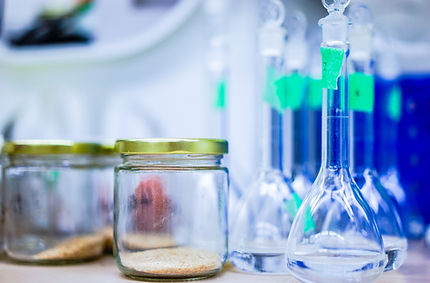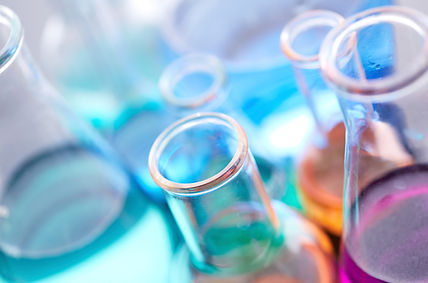Scimplified
Science Simplified




About
Hi, my name is Trisha and I create animations and models about various chemistry concepts. Scimplified is a website I created to place my animations so that others could view them and better visualize these topics. This is a work in progress and I plan to expand on this site in the near future.
I appreciate any feedback, suggestions, or comments on this website and its content. Feel free to submit your feedback using the contact page. *Please note: not all animations may be to scale*
CO2 Orbitals
N2 Orbitals
The molecular structure of carbon dioxide involves double bonds. This animation shows how the carbon and oxygen atoms, with their electron orbitals, come together to form the CO2 molecule with double bonds.
Green: lone pairs
Blue: p orbitals (and pi bonds)
Red: s orbitals (and sigma bonds)
Dark Red: oxygen atoms
Black: carbon atom
The molecular structure of diatomic nitrogen involves a triple bond. This animation shows how the nitrogen atoms, with their electron orbitals, come together to form the N2 molecule with a triple bond.
Green: lone pairs
Blue: p orbitals (and pi bonds)
Red: s orbital (and sigma bond)
Light Indigo: nitrogen atoms

Ionic Compound Dissolving In Water
This animation shows an ionic compound dissolving in water. As the ionic compound dissolves, the ions separate from each other and are attracted to the water molecules, forming coats of water around them. The cations are attracted to the negative oxygens and the anions are attracted to the positive hydrogens on the water molecules.
Electron Sea Model
This animation depicts the electron sea model/metallic bonding. In a metallic solid, the valence electrons of the metal atoms can roam around throughout the solid, creating a sea of electrons. This is why metals can conduct electricity and are malleable.
*Note: the nuclei depicted only include protons and do not include neutrons
sp2 Hybridization Molecular Geometry
This animation shows the possible molecular shapes of an sp2 hybridized molecule. First, with no lone pairs, it shows a trigonal planar shape before going to a bent shape with one lone pair.
sp3 Hybridization Molecular Geometry
This animation shows the possible molecular shapes of an sp3 hybridized molecule. First, with no lone pairs, it shows a tetrahedral shape before going to a trigonal pyramidal shape with one lone pair and a bent shape with two lone pairs.
sp3d Hybridization Molecular Geometry
This animation shows the possible molecular shapes of an sp3d hybridized molecule. First, with no lone pairs, it shows a trigonal bipyramidal shape before going to a see-saw shape with one lone pair. Then, it shows a t-shaped molecule with two lone pairs before transitioning to a linear shaped molecule with three lone pairs.
sp3d2 Hybridization Molecular Geometry
This animation shows some possible molecular shapes of an sp3d2 hybridized molecule. First, with no lone pairs, it shows an octahedral shape before going to a square pyramidal shape with one lone pair and a square planar shape with two lone pairs.
Equilibrium
This animation shows how equilibrium works. A system is at equilibrium when the rate of the forward reaction is equal to the rate of the reverse reaction and there is no net change in the concentration of reactants and products. In the animation, whenever a product is formed, a reactant is also formed.
Vapor Pressure
This animation illustrates vapor pressure. Vapor pressure is the pressure above a liquid in a closed container. In the animation, the system is at equilibrium with the rate of liquid to gas and gas to liquid being equal.
Acid-Base Reaction
This animation shows an acid-base reaction and illustrates the Bronsted-Lowry definitions of an acid and a base. In this animation, hydrochloric acid reacts with water to create a chloride ion and a hydronium ion. The hydrochloric acid acts as the acid and donates a proton (H+) to the base. The water acts as the base and accepts a proton (H+) from the acid. As a result, chloride and hydronium are formed as products. The valence electrons for the compounds are also shown.
Strong Acid-Strong Base Reaction
This animation shows a reaction between a strong acid and a strong base. When a strong acid and a strong base react, they form water and a salt. In this animation, hydrochloric acid and sodium hydroxide react to form sodium chloride and water. The hydrochloric acid dissociates into a proton (H+) and a chloride ion while the sodium hydroxide dissociates into a sodium ion and a hydroxide. The sodium cation and chloride anion are attracted to each other and form sodium chloride while the proton and hydroxide come together to form water.
Note: sodium hydroxide and sodium chloride are ionic compounds